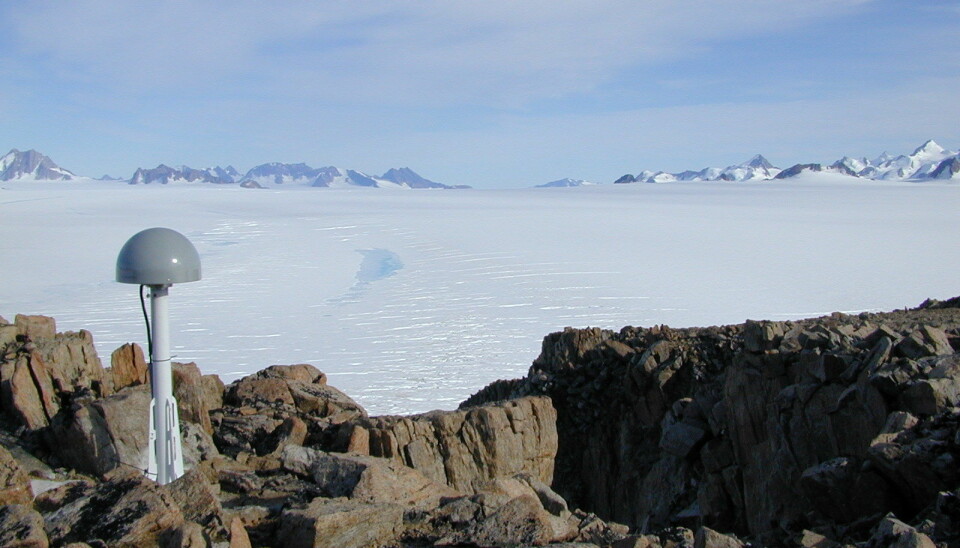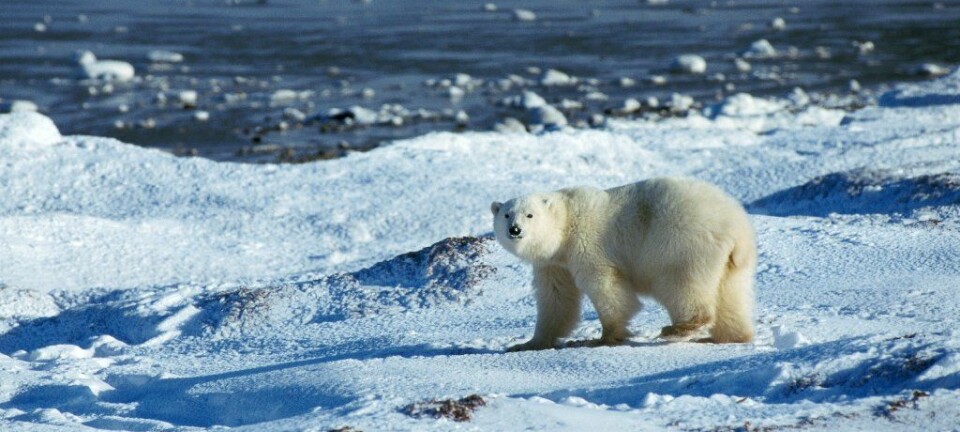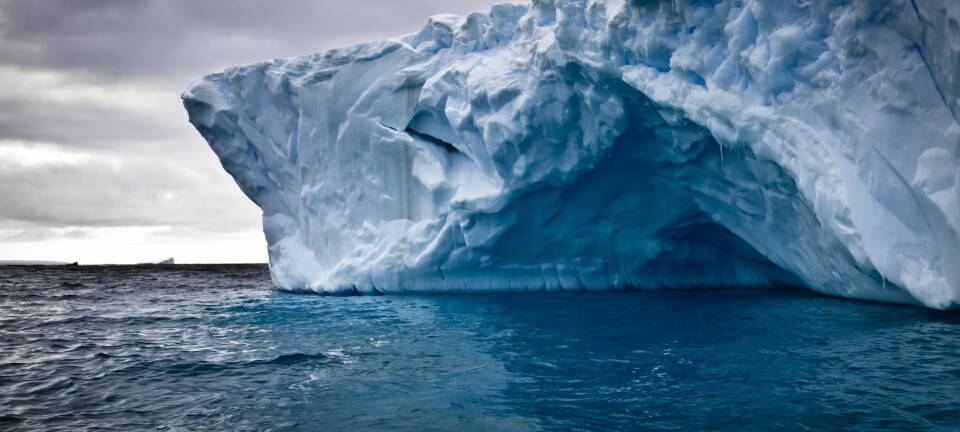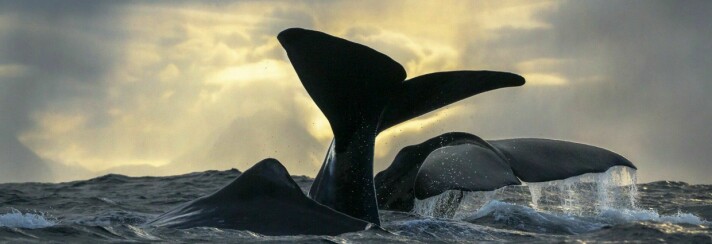
Greenland is rising out of the sea
Melting ice is currently causing Greenland to rise by 3 cm a year. This rate is accelerating, and if the entire ice sheet is to disappear, the island would rise about one kilometre, new GPS readings reveal.
Most of Greenland is covered by ice.
As the Greenland ice mass is melting due to global warming, the weight pressure on the bedrock is eased, causing the island to rise from the sea.
Danish scientists have now, together with international colleagues, exposed how the weight of the ice sheet is holding the world's largest island down, and how Greenland is currently rising out of the sea.
The findings have just been published in the scientific journal PNAS.
Greenland is rising faster than sea levels in other oceans, which we’re hearing so much about. So there’s no need to worry about rising sea levels in Greenland. But elsewhere in the world that remains a concern.
Shfaqat Abbas Khan
”Greenland is currently rising, in some places by 3 cm per year, but the rate is accelerating. If the entire ice sheet is to disappear, the island would rise about one kilometre,” says Shfaqat Abbas Khan, a senior scientist at DTU Space, the Technical University of Denmark,
Greenland is jumping up and down
New GPS readings give a very accurate picture of what’s happening to Greenland when the ice melts.
Using GPS stations scattered across the great island, the scientists could see that the increased elevation in the bedrock can not only be measured in the long term. They could also measure the changes from one season to the next.
During the hottest months of the year, when the ice melts the fastest, the elevation accelerates, while in the cold months the island is covered by so much ice that it sinks back into the sea.
We used to rely mainly on satellites to inform us about movements in Greenland, but they cannot tell us what goes on locally. Our GPS stations can do that. They give us a much more detailed picture of the changes, and we can use this information to make better models for how the climate will shape the future of the Earth.
Shfaqat Abbas Khan
The net result is that Greenland rises by 3 cm per year – equivalent to 3 metres per century.
”Greenland is rising faster than sea levels in other oceans, which we’re hearing so much about,” says Khan. “So there’s no need to worry about rising sea levels in Greenland. But elsewhere in the world that remains a concern.”
Important for planning
The fact that Greenland is rising out of the sea carries with it a series of challenges, one of which lies in coastal planning.
Coastal areas, which today make it possible to enter a harbour, may not be able to do so in 50 or 100 years. The new findings could prove useful in future planning of harbours in Greenland, since a misplaced harbour could become unusable only a few decades from now.
From five to 50+ GPS stations
Since 1995, Danish scientists have used GPS stations in Greenland. The stations have provided them with information about the island’s movements horizontally as well as vertically.
In 2007, the Danes teamed up with scientists from Ohio State University, and since then the number of GPS stations has increased from five to more than 50.
This enabled the team to make the hitherto most precise measurements not only of the influence that the ice sheet has on the island, but also of how Greenland is moving horizontally in line with the shifting of the North American continental plate.
“We used to rely mainly on satellites to inform us about movements in Greenland, but they cannot tell us what goes on locally,” says Khan.
“Our GPS stations can do that. They give us a much more detailed picture of the changes, and we can use this information to make better models for how the climate will shape the future of the Earth.”
---------------------------------
Read this article in Danish at videnskab.dk
Translated by: Dann Vinther








